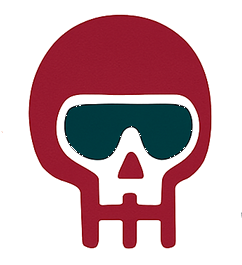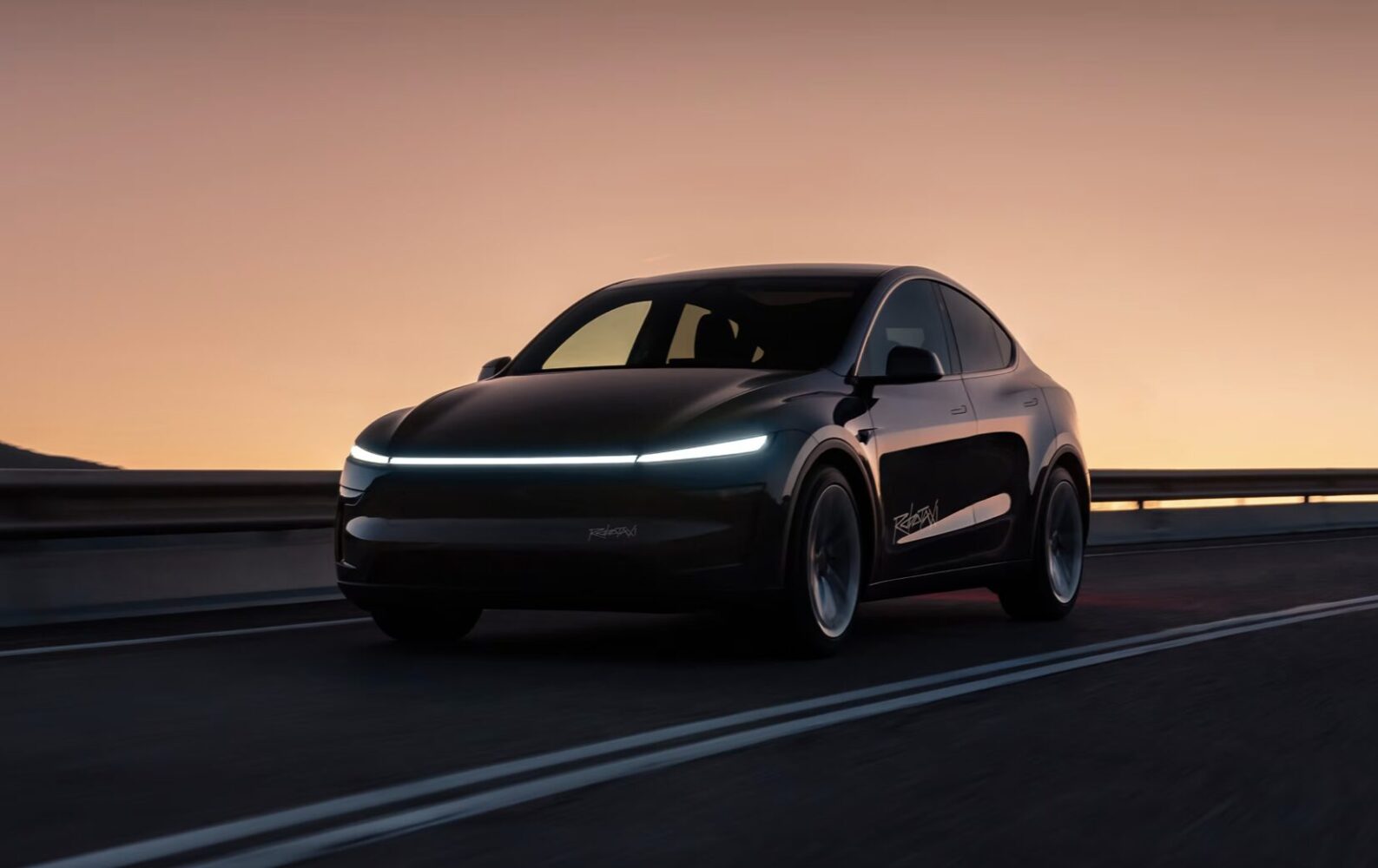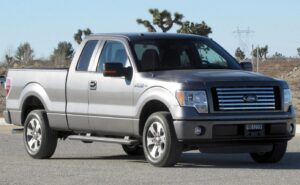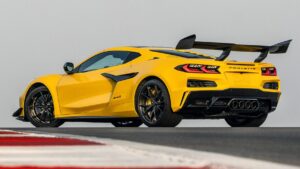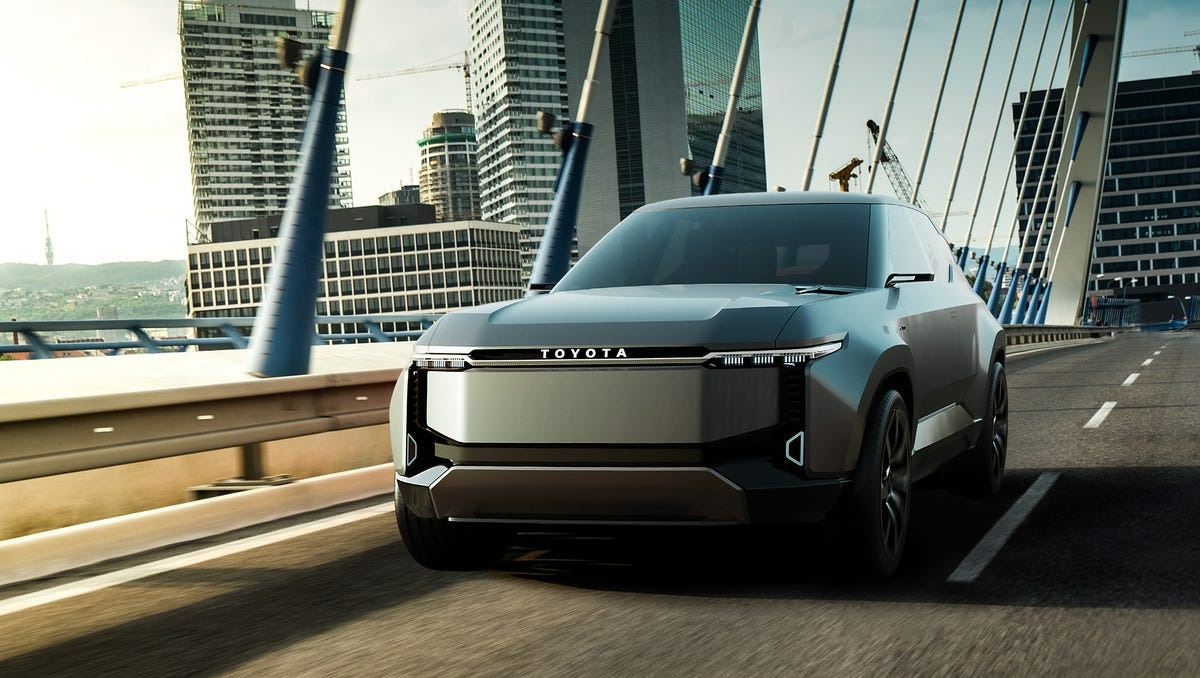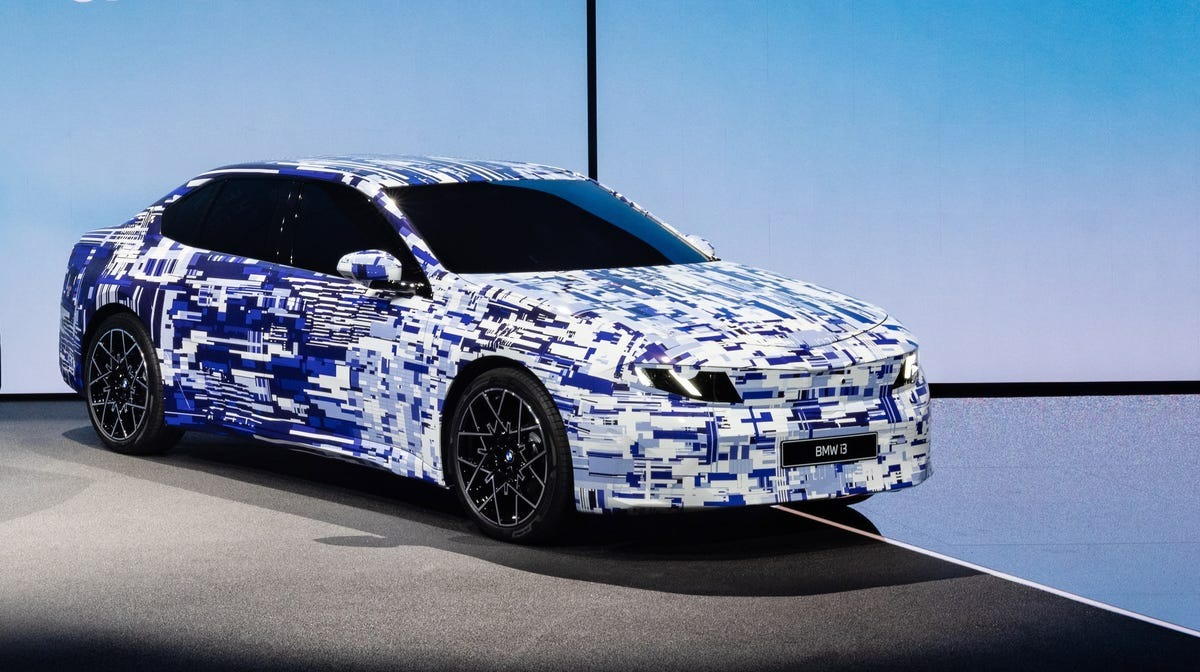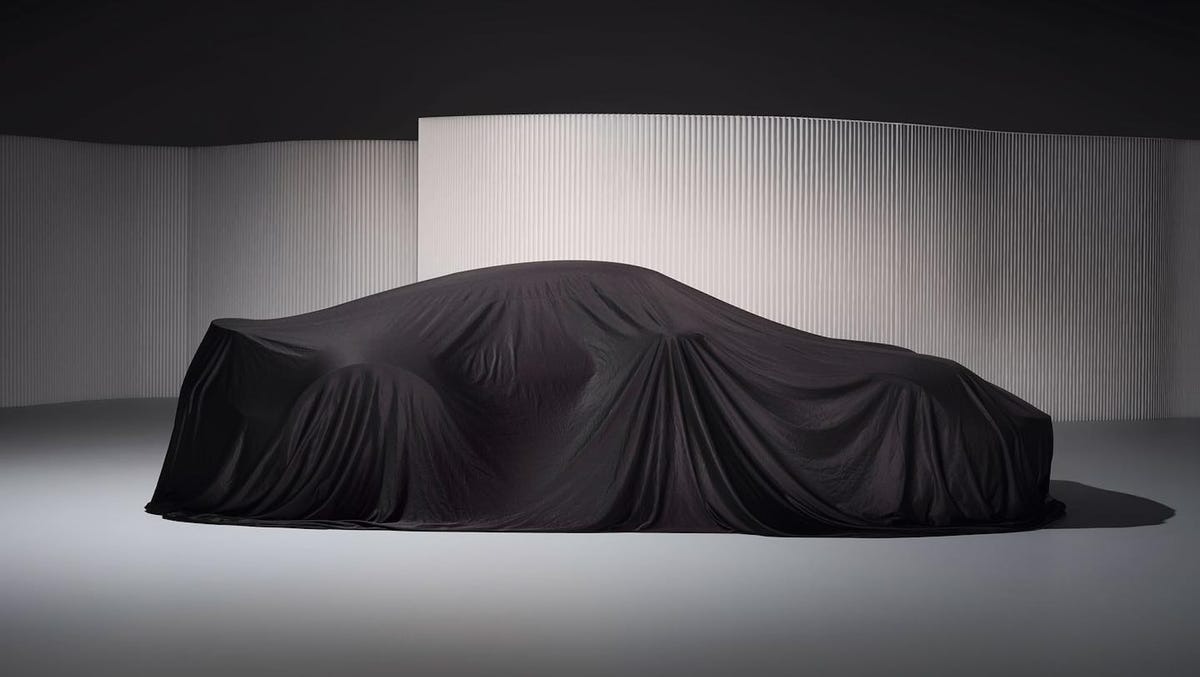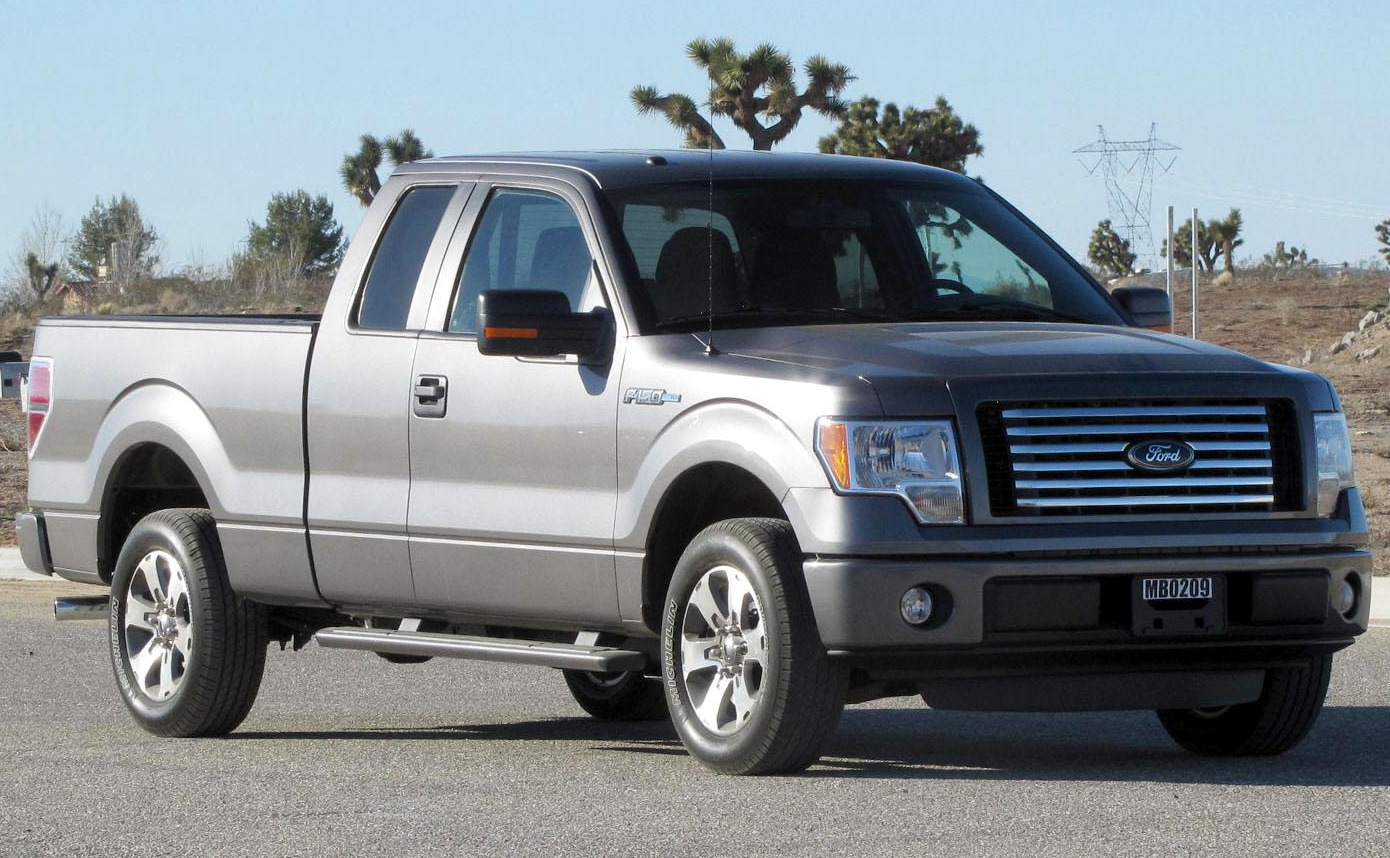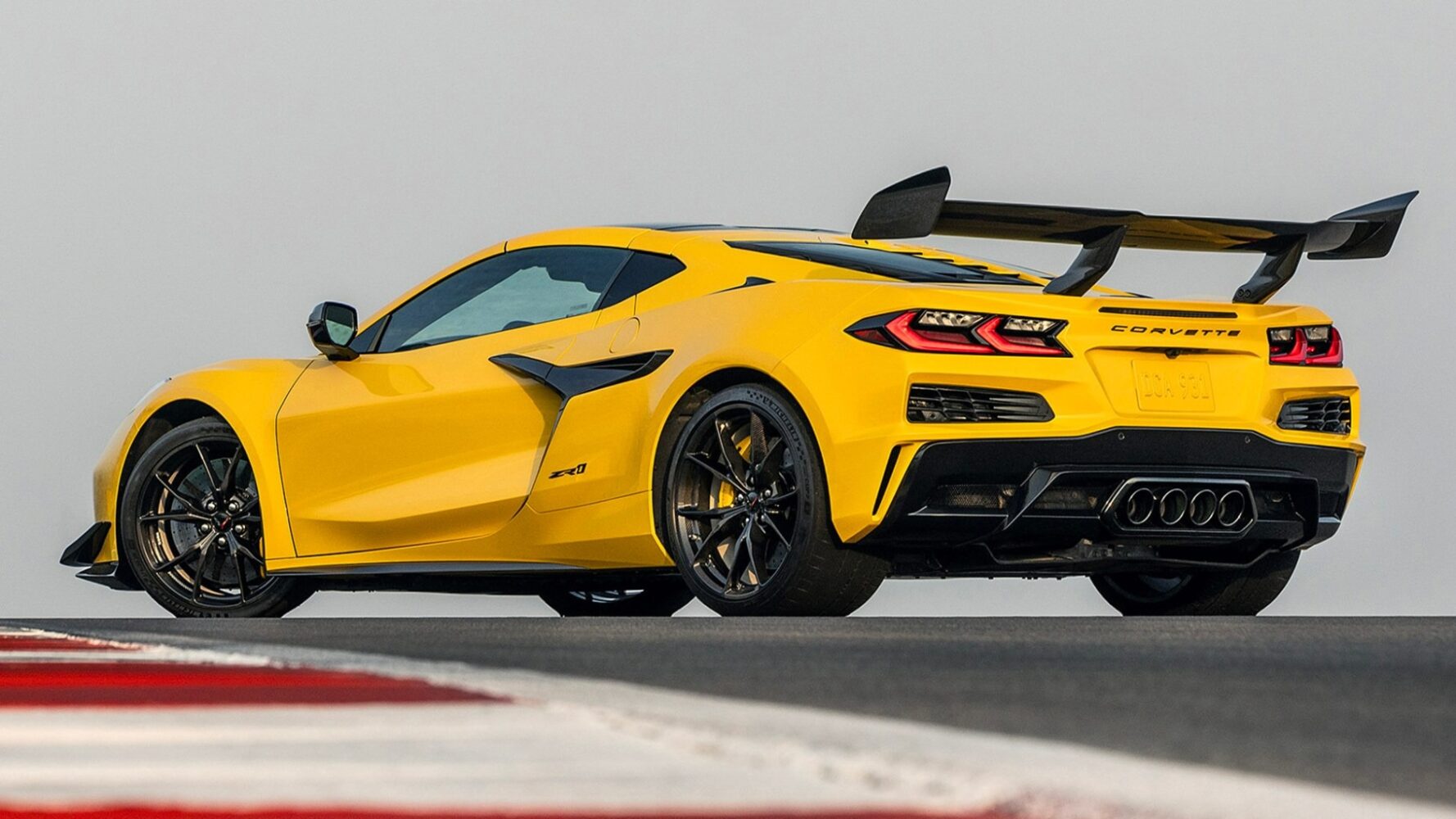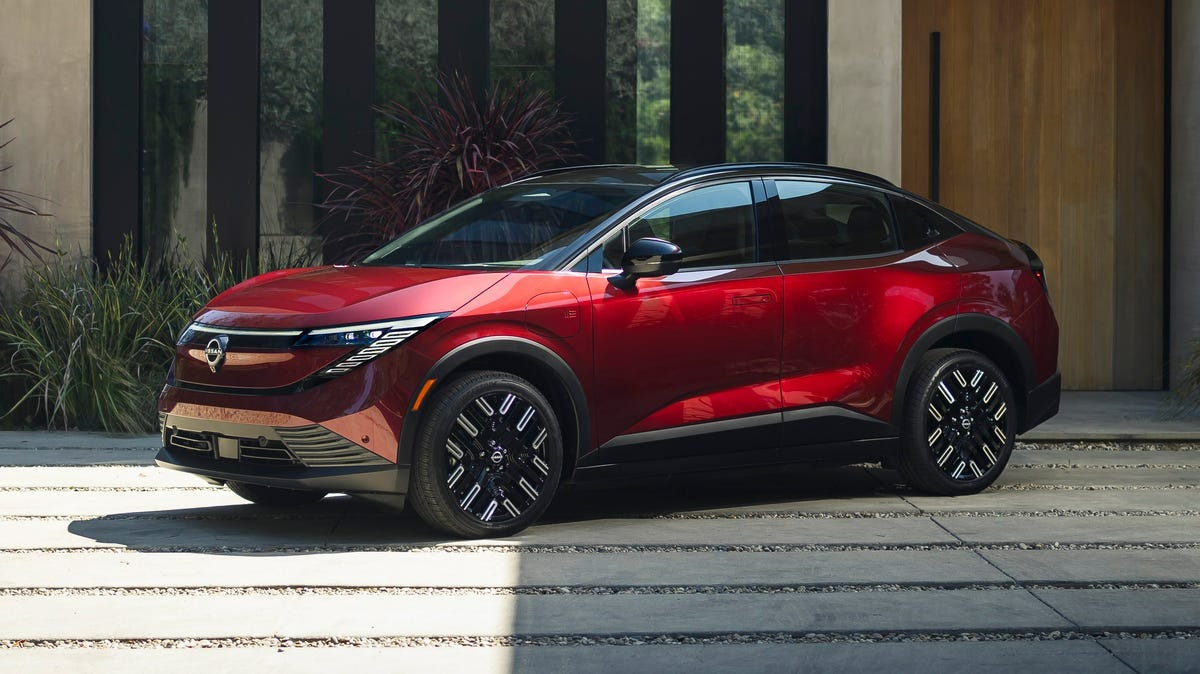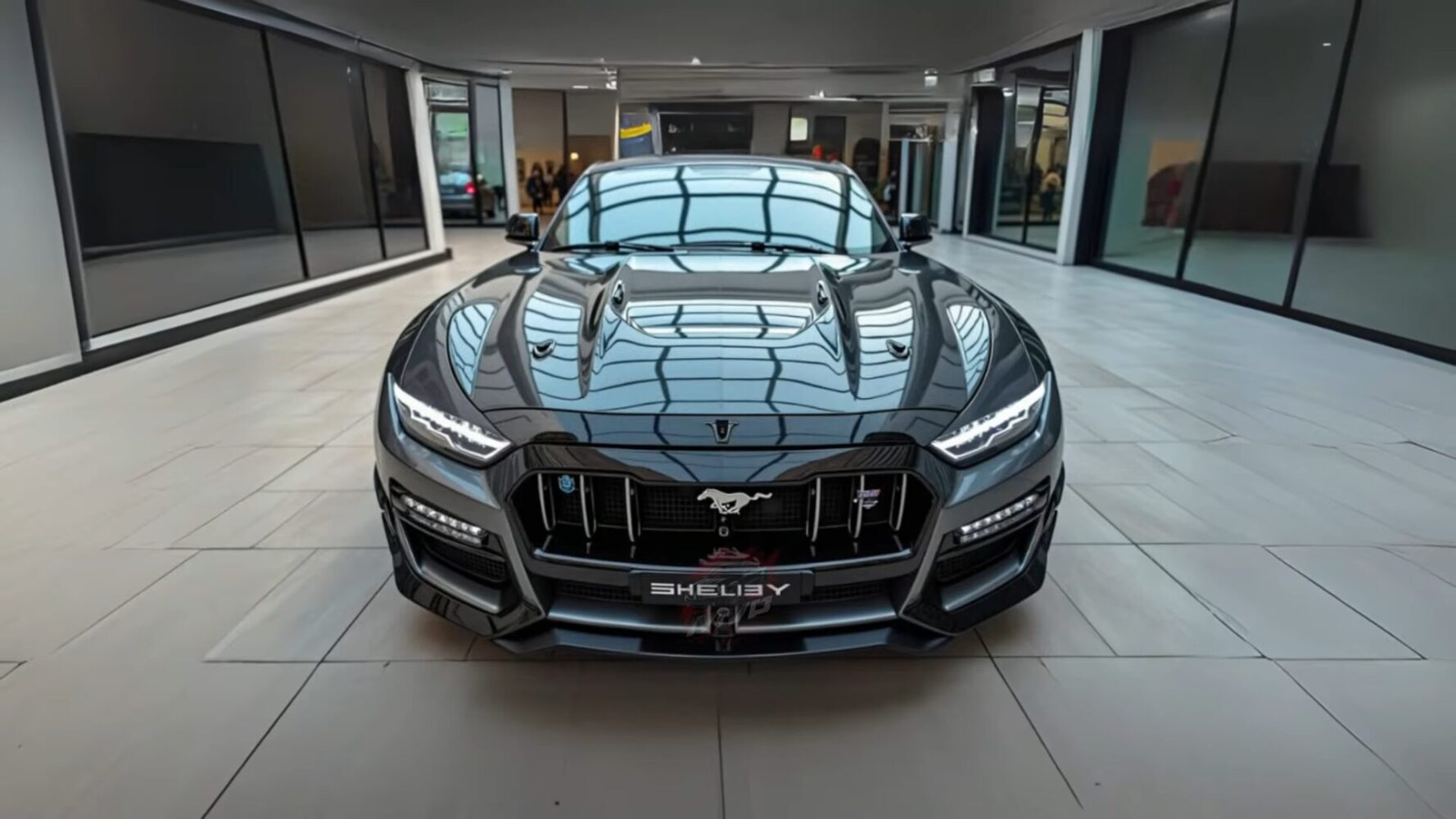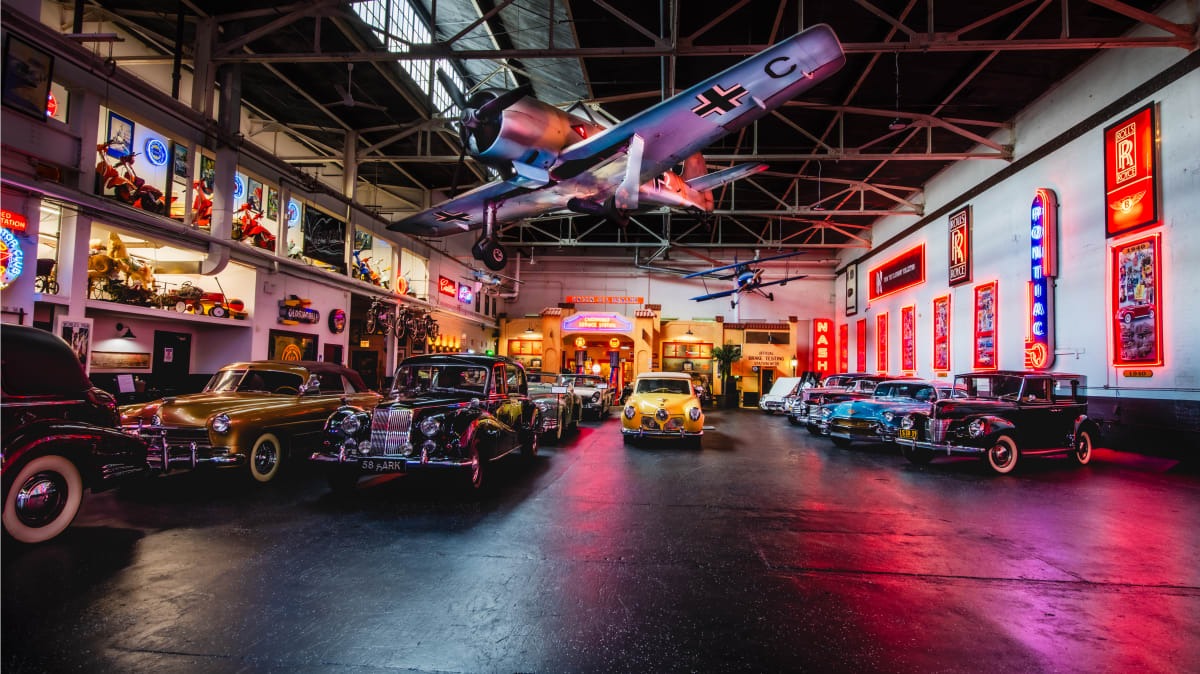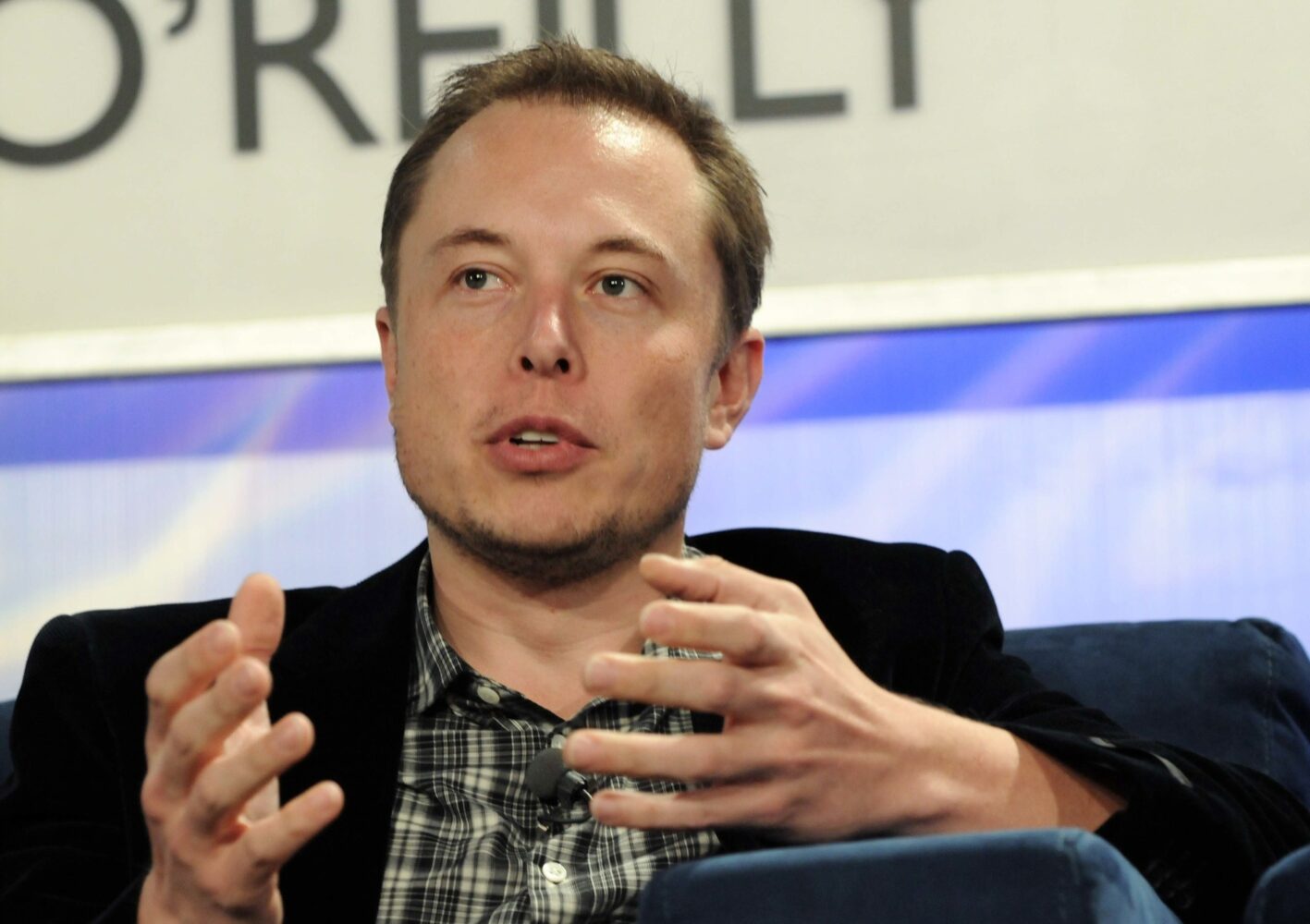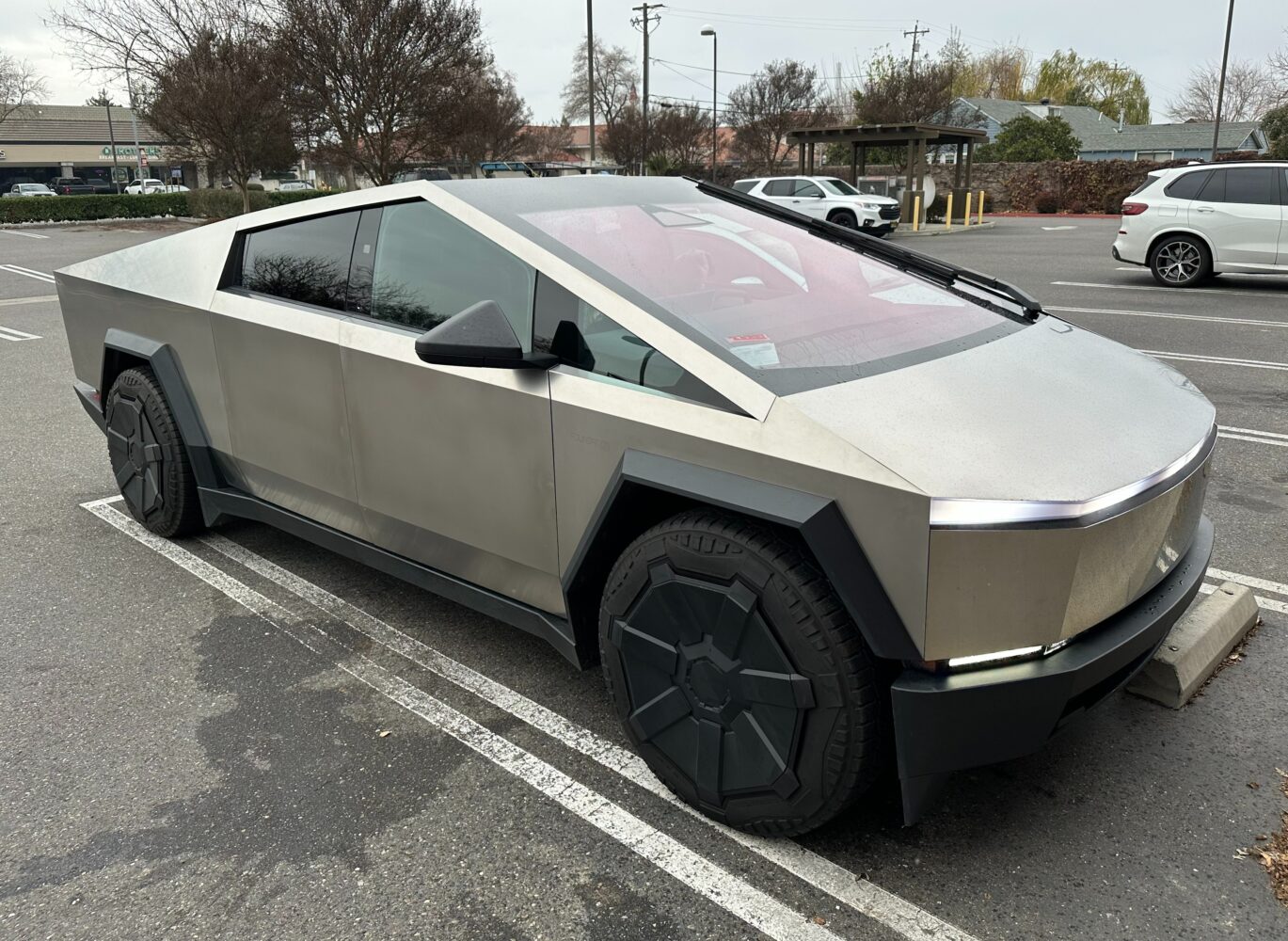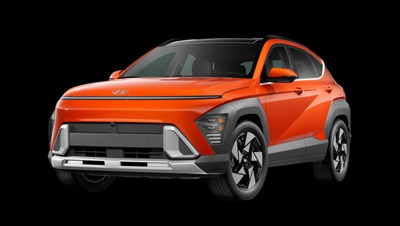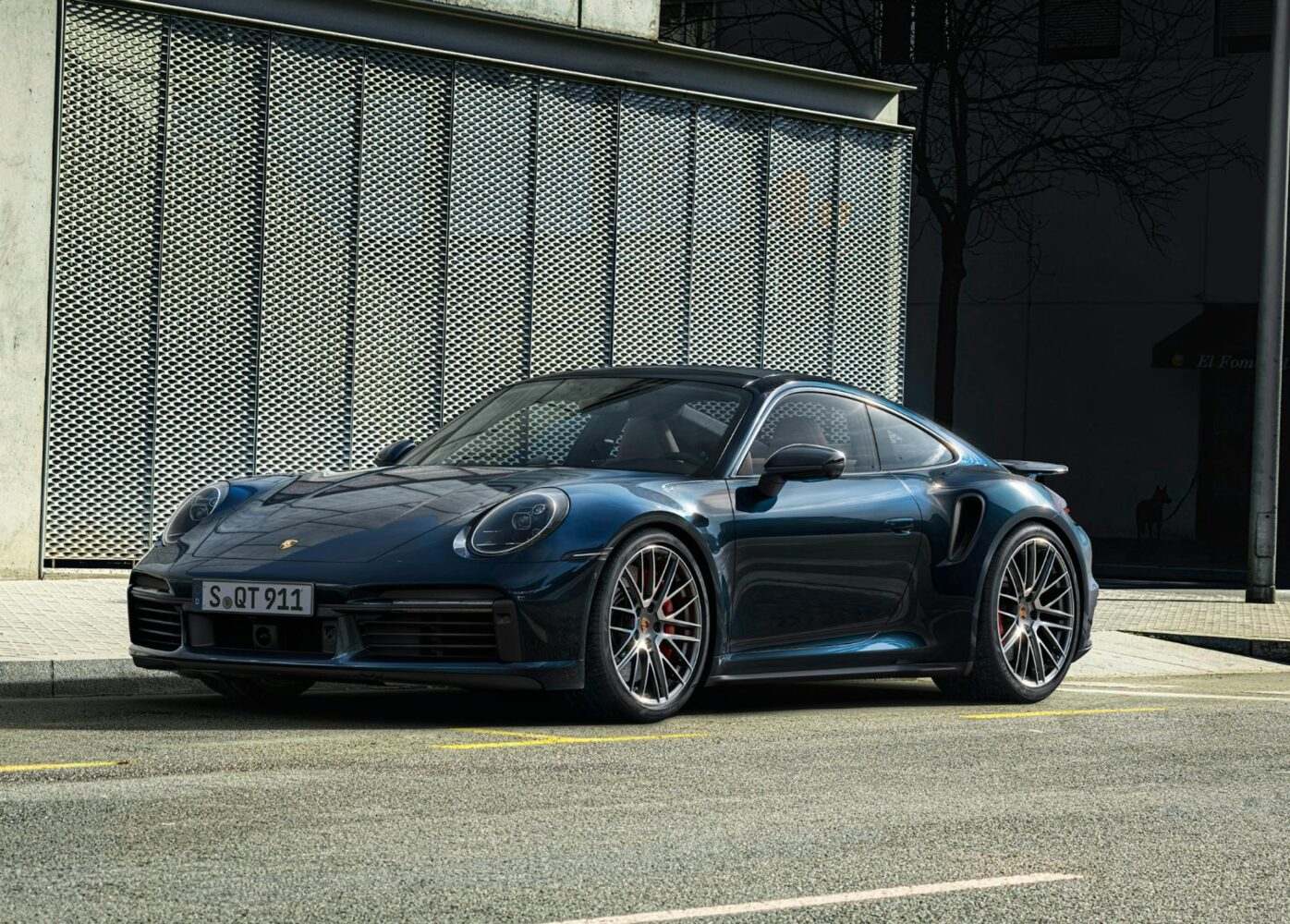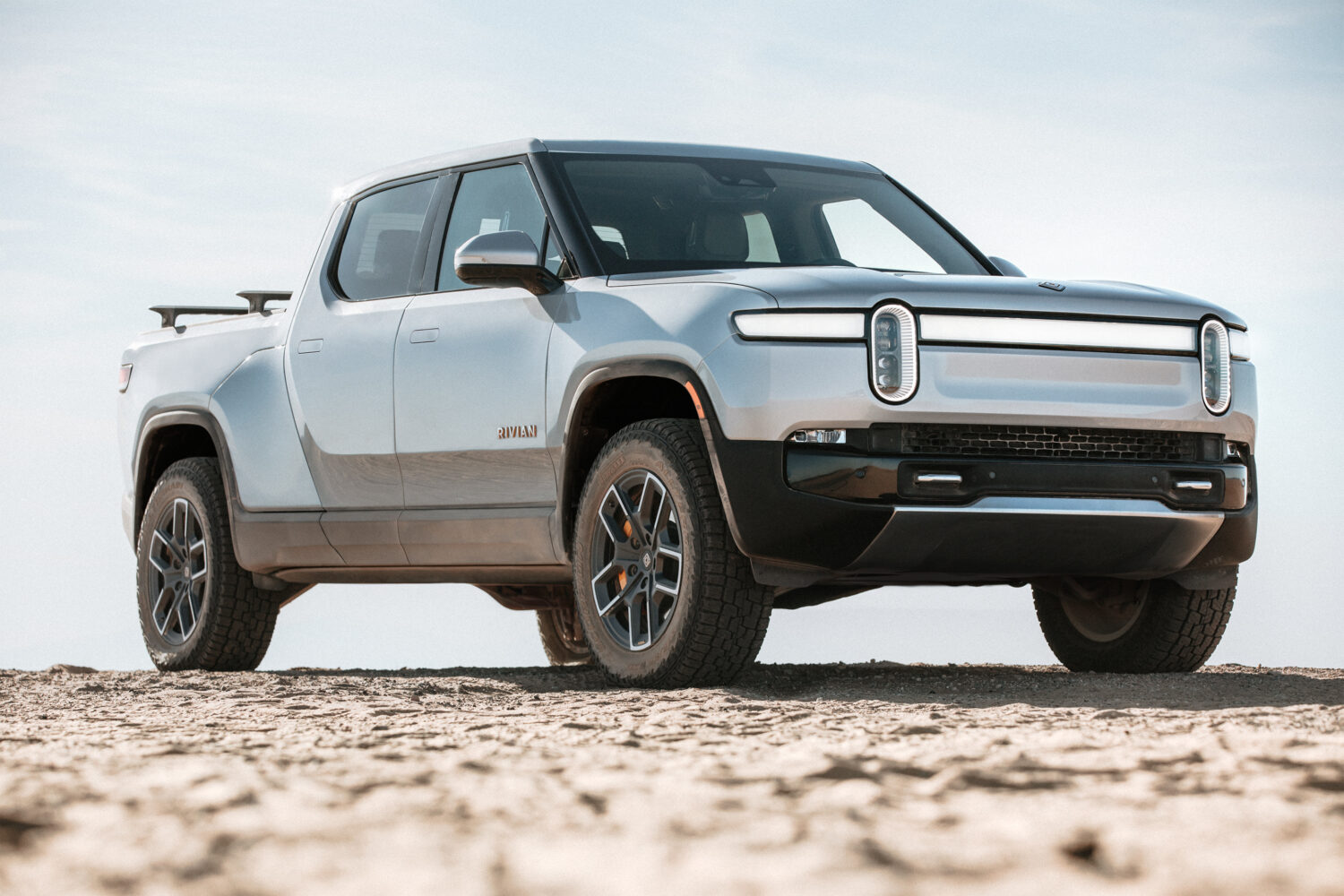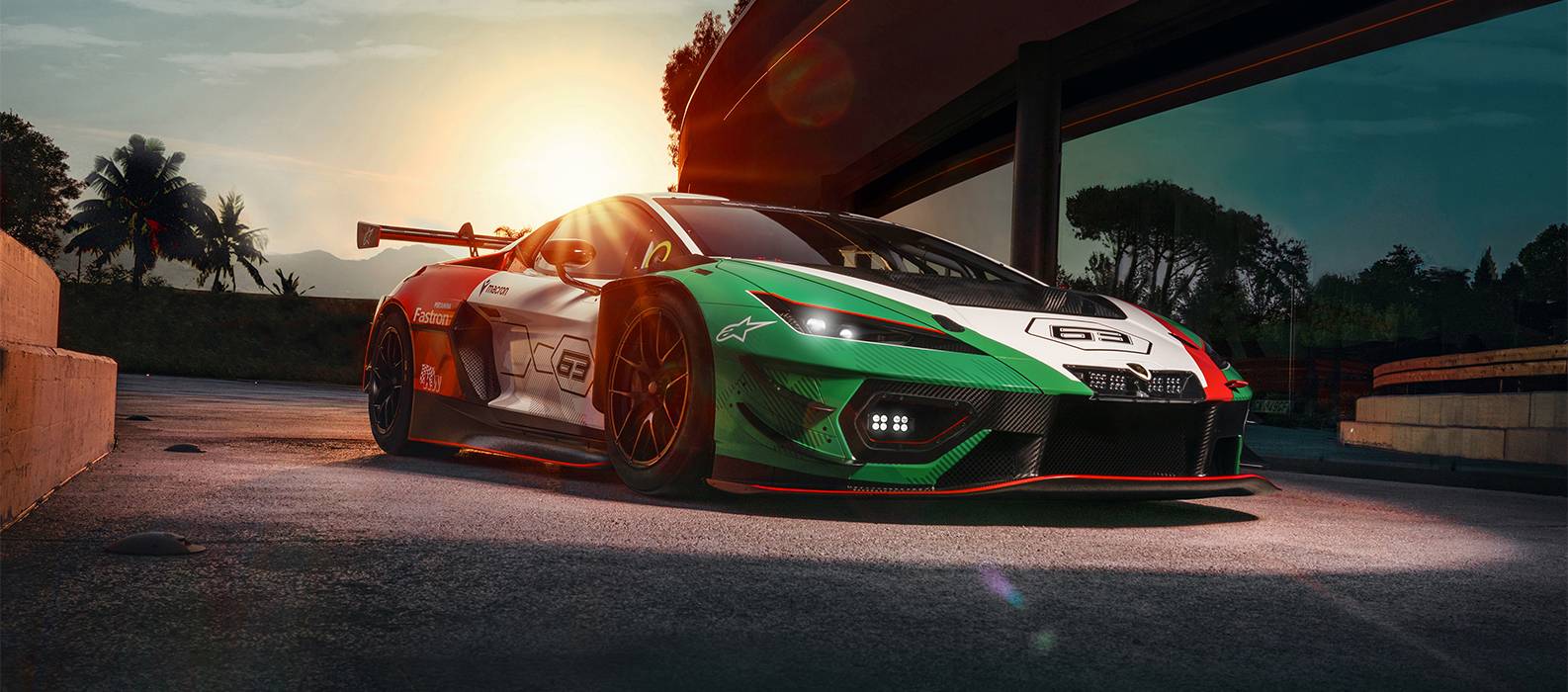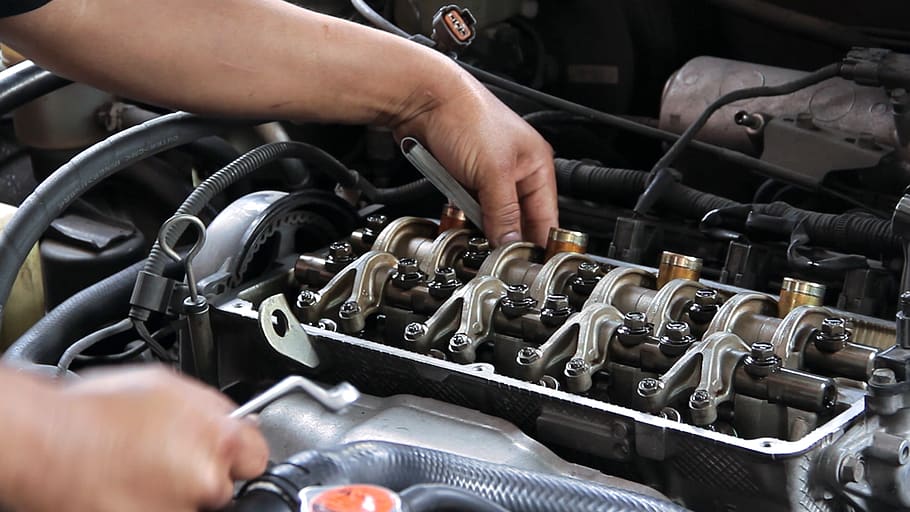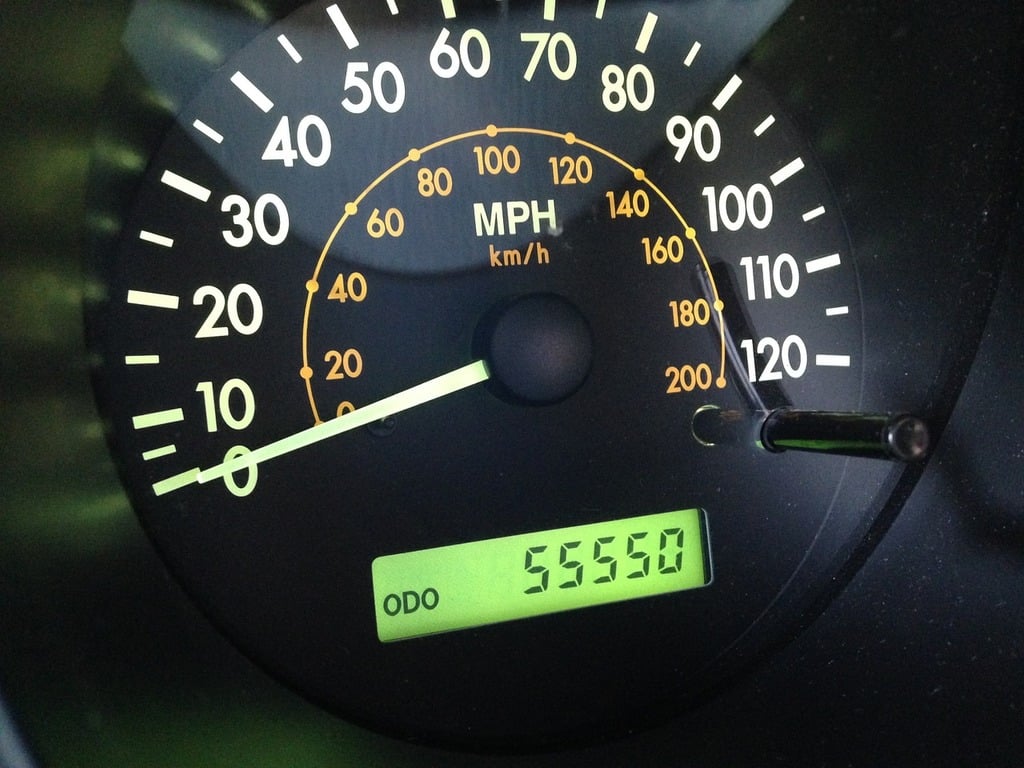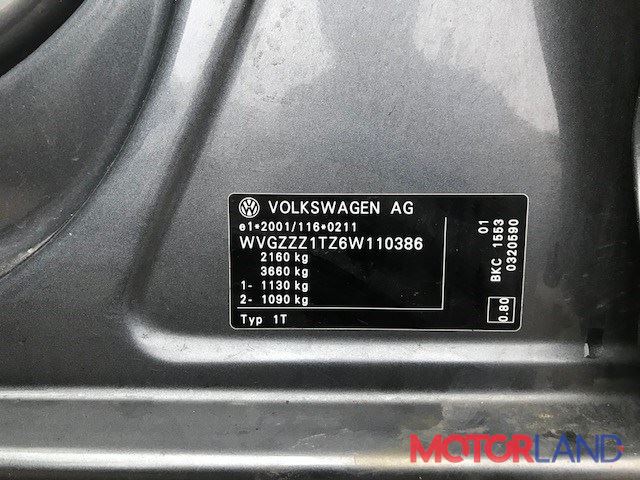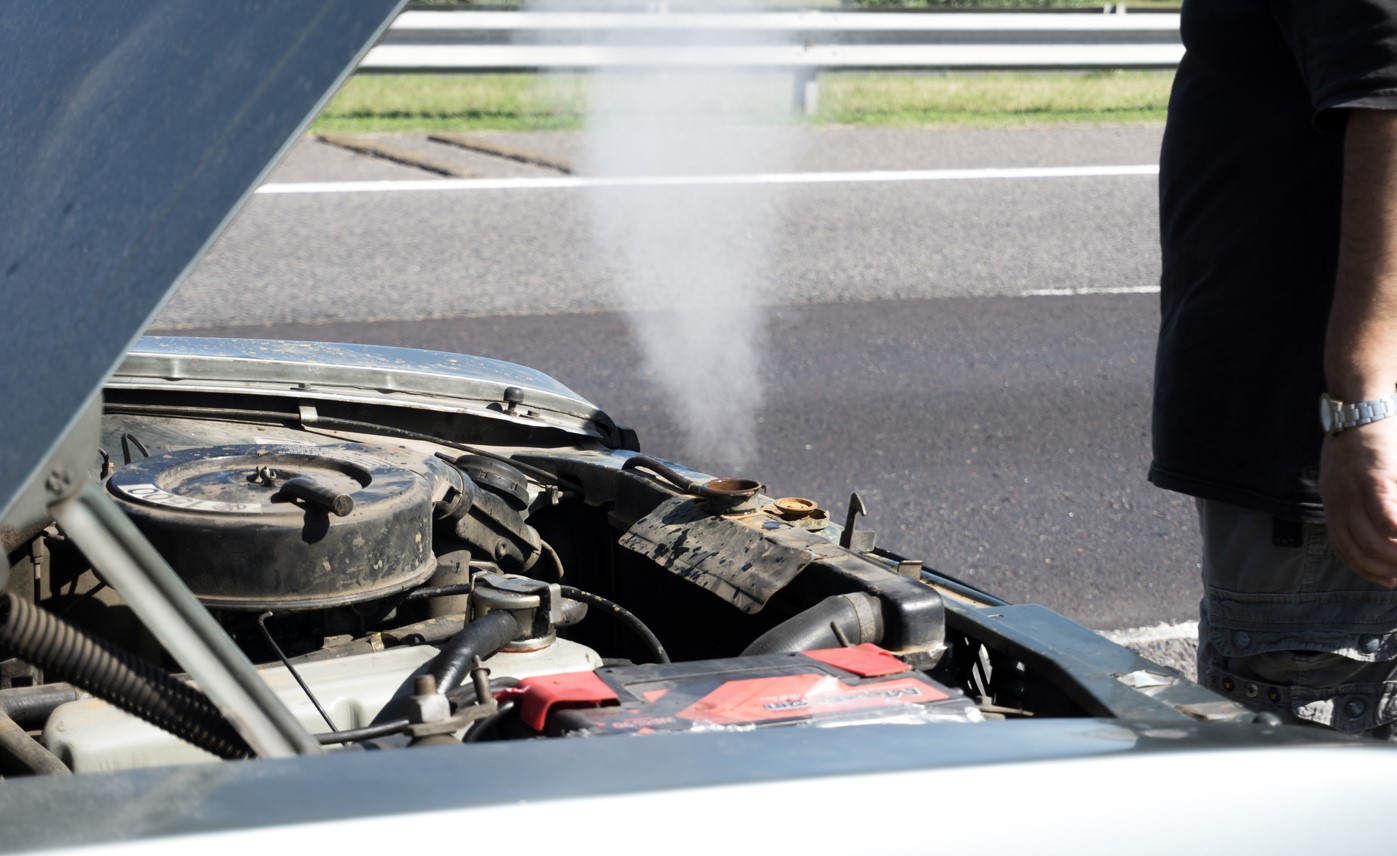Elon Musk finally put his money where his mouth has been for the past decade. Tesla’s robotaxi service officially launched in Austin on June 22, delivering paying customers in self-driving Model Ys for a flat $4.20 per ride. The celebration lasted only a day before safety concerns surfaced.
Camera-Only Autonomy Meets Reality
Tesla’s approach differs from Waymo, which uses multi-sensor systems costing roughly $200,000 per vehicle. Tesla relies solely on eight cameras and AI, betting that cameras—like human eyes—are sufficient for autonomy. However, users quickly documented traveling in the wrong directions, erratic braking, and dropping passengers in unsafe locations. One robotaxi was caught cutting halfway across a double yellow line into oncoming traffic before correcting errors that competitors’ lidar systems help prevent. In contrast, Waymo autonomous ride milestones highlight proven safety and reliability at scale.
Pricing Strategy Raises Questions
The $4.20 flat fee is a nod to Musk’s humor, but it undermines Tesla’s business case. Waymo charges an average of $20.43 per ride; Tesla’s rate barely covers costs. Real robotaxi economics require sustainable pricing. Musk projects 12 cents per kilometer in future costs, but current operations use human safety monitors and geofencing—hardly the promised efficiency. Uber and Lyft survived by raising prices to profitability. Tesla’s pricing looks more like a tech startup’s customer grab than a viable transport model.
Federal Regulators Step In
NHTSA contacted Tesla within 24 hours after videos showed erratic driving. The agency’s NHTSA safety standards update reflects ongoing efforts to ensure public safety as automation evolves. NHTSA is investigating Tesla’s Full Self-Driving tech, including a fatal 2023 Arizona crash. Tesla told NHTSA its safety answers are confidential, contradicting transparency needs. Texas now requires permits for autonomous vehicles, allowing the state to revoke permits from operators deemed dangerous. Tesla is also hiring for remote vehicle control, undercutting claims of full autonomy.
The Math Doesn’t Add Up
Musk promised “over a million robotaxis on the road” by 2020. The Austin launch deployed just 20 vehicles—about 999,980 vehicles short. Tesla’s stock jumped 8% at launch but fell 2% after NHTSA’s safety inquiry. Meanwhile, Alphabet’s Waymo surpassed 10 million paid trips with true driverless operations.
